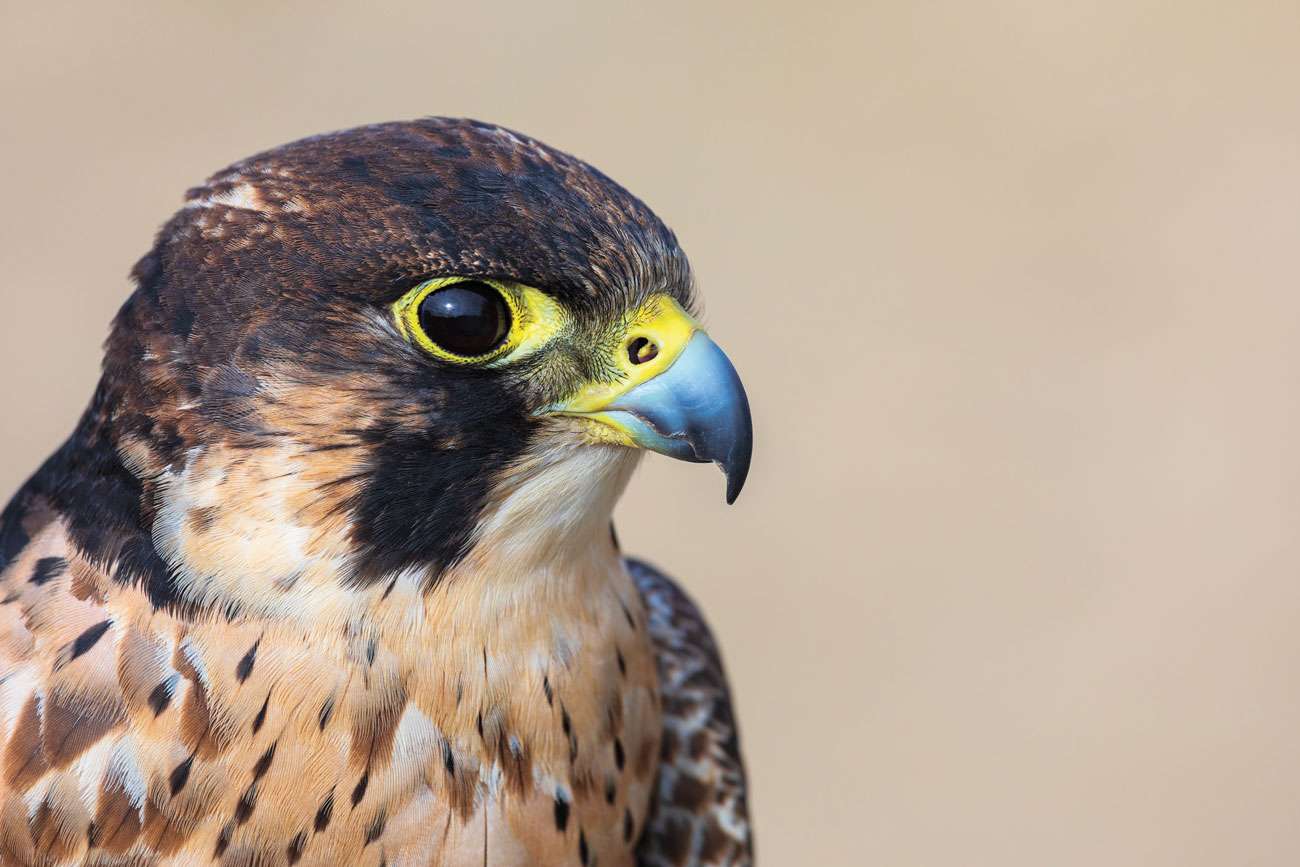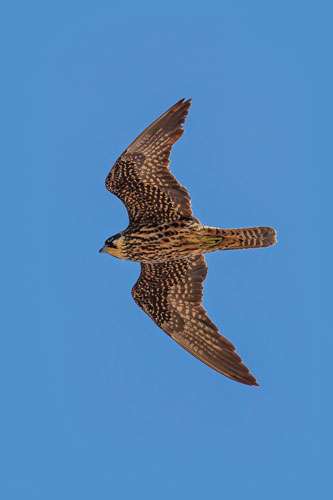
As The Queen’s platinum jubilee celebrations hit top gear a rather special visitor was giving its own aerial salute to joyful onlookers.
The object of their attention was an extremely rare raptor that no bird watcher had ever been able to go and see in this country – the legendary Eleanora’s Falcon.
It had arrived a few days earlier, all the way from Madagascar, and was performing amazing aerial displays in front of the crowds after its internal radar led it to overshoot its ultimate southern Europe target zone.
As it was only Britain’s 10th record, and the first one to ever hang around long enough for anyone other than the initial observers to see, I was of course tempted over the Surrey border to Kent in the hope of catching up with it at long last.
As hundreds of others had decided to do the same thing it was a good job the bird was displaying over a newly acquired RSPB marsh with plenty of wide public footpaths to accommodate everyone with ease.
My mate Hugh and I set off early to dodge the inevitable motorway traffic attempting a Channel crossing – and to be sure we were on site before the bird decided to make a fast exit when the weather warmed up and made flight easier.
At dusk the previous evening it had been seen apparently going to roost in a distant hawthorn bush and we were hopeful it would still be there.

Eleanora’s Falcon (Falco eleonorae)
Well-organised RSPB volunteers directed us to a hastily prepared car park in a grassy field and pointed us in the right direction.
Everything seemed to be up bright and early as we walked out to the viewing area. We were accompanied by the sound of Marsh Frogs, Avocets screaming to protect their chicks from passing gulls, and Reed and Sedge Warblers.
Tension was mounting although we were hopeful the Eleanora’s Falcon, which had been around a few days now, would still be present. Our spirits were lifted with news coming through that there was still ‘something’ in the hawthorn – but exactly what was not confirmed.
This turned out to be just a dark blob in the bush about half a mile away. Perhaps a dustbin bag? Through a telescope it looked more promising though and when it turned its head to catch the sun and reveal its prominent white cheeks we knew we were in business.
We had waited all our birding lives to see this species so the subsequent three-hour wait was tense but quite bearable. A rare case of ‘falconitis’ had broken out with a fantastic supporting cast of other falcons in the area – a rare Red-footed Falcon, Hobby, Kestrel and Peregrine.
The Eleanora’s roosting site was the other side of a railway line and whenever a train raced by, blasting its horn and obscuring our view, we were worried we would find it had done a bunk.
Various birds landed in or near the bush – only to flee when they saw what was in it. One would-be bully Magpie returned with reinforcements but, true to form, this gang of five chickened out and quickly departed.

Eleanora’s Falcon (Falco eleonorae)
I must thank an unsuspecting Carrion Crow for almost landing on the Eleanora’s head and finally causing it to fly. But we got an all too brief view of its slim body, long tail and pointed wings before it frustratingly landed in another bush for another hour or so.
The worry was that when it did take off it would hunt further away from us. Mercifully when it finally launched, encouraged to feed by the thousands of insects now on the wing, it headed straight for us!
For the next two hours it performed magnificently in an air display worthy of any Royal performance – spiralling gently higher into the skies and then unleashing a variety of stoops towards the ground before just pulling up in time.
It dashed low right over our heads in a series of thrilling sorties as it pursued dragonflies which it caught in its talons and ate on the wing. Sometimes it landed on a branch at the edge of a wood or used a convenient electric fence stake in a cow field to have a brief rest and allow detailed views.
Fittingly it was at a place called Worth Marsh and proved to be well worth the long wait. I’d give this 10th record perfect marks, a 10 out of 10. What a great and unexpected start to the jubilee.
Eleanora’s Falcon comes in two colour combinations, dark phase and – in our case – a light phase. It looks like a large Hobby but lacks the latter’s red trousers and has a dark streaked buff breast with dark grey upperparts tinged brown. But we didn’t care what phase it was!
Its name is a tribute to Sardinian heroine and judge, Eleanor of Arborea, who in 1392 became the first ruler to grant protection to hawk and falcon nests against illegal hunters. With so much persecution or birds of prey we could do with more of her ilk in Britain right now.
After staying just over a week the bird moved on and hopefully joined up with others who will breed colonially as late as the Autumn around the coastal cliffs of Mediterranean islands. Breeding, like its flight, is timed to perfection so the young can be fed on small birds passing by on migration back to Africa.
Twitter – @Crane_Spotter
Click here to see all of Robin Stride’s previous Crane Spotters.











